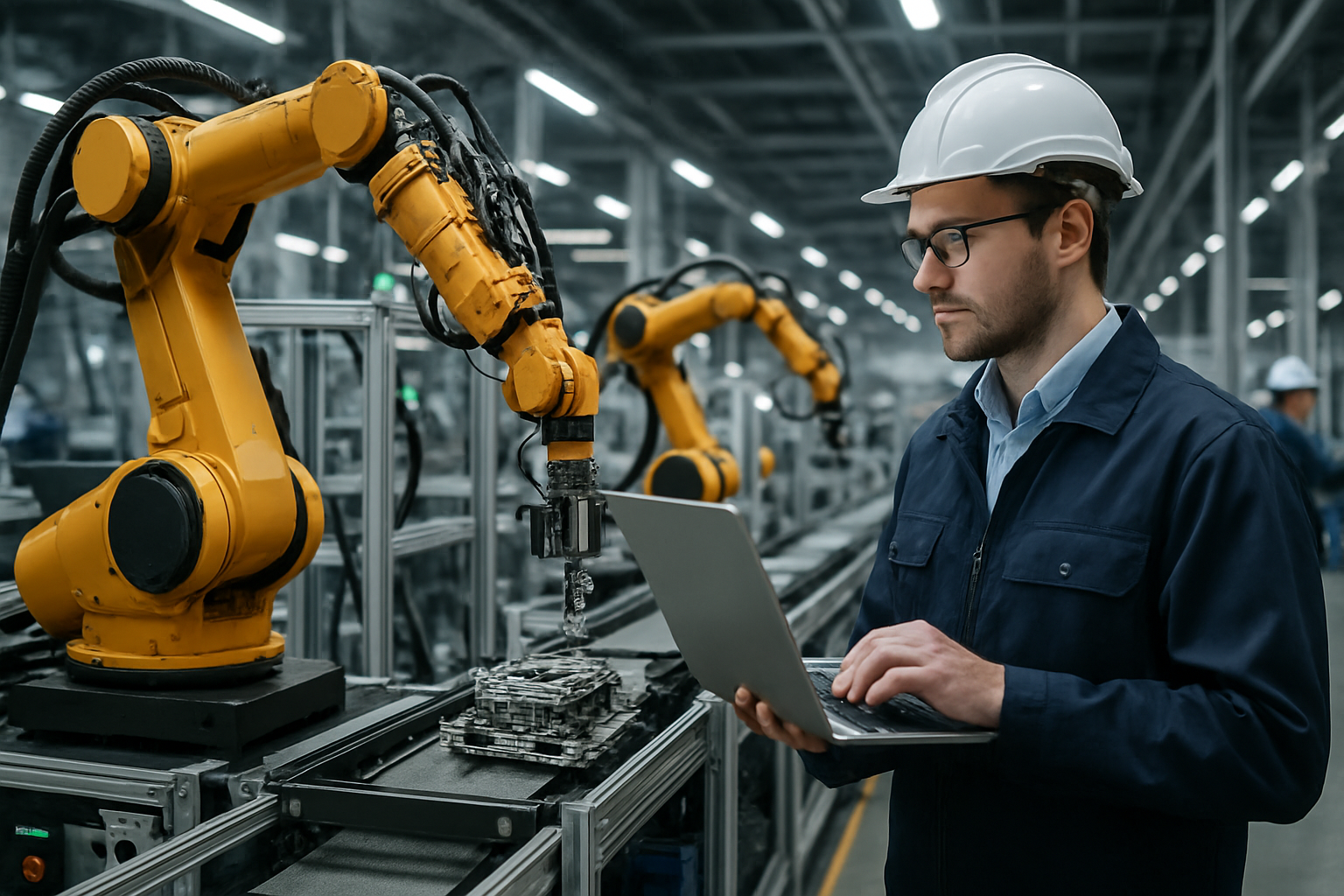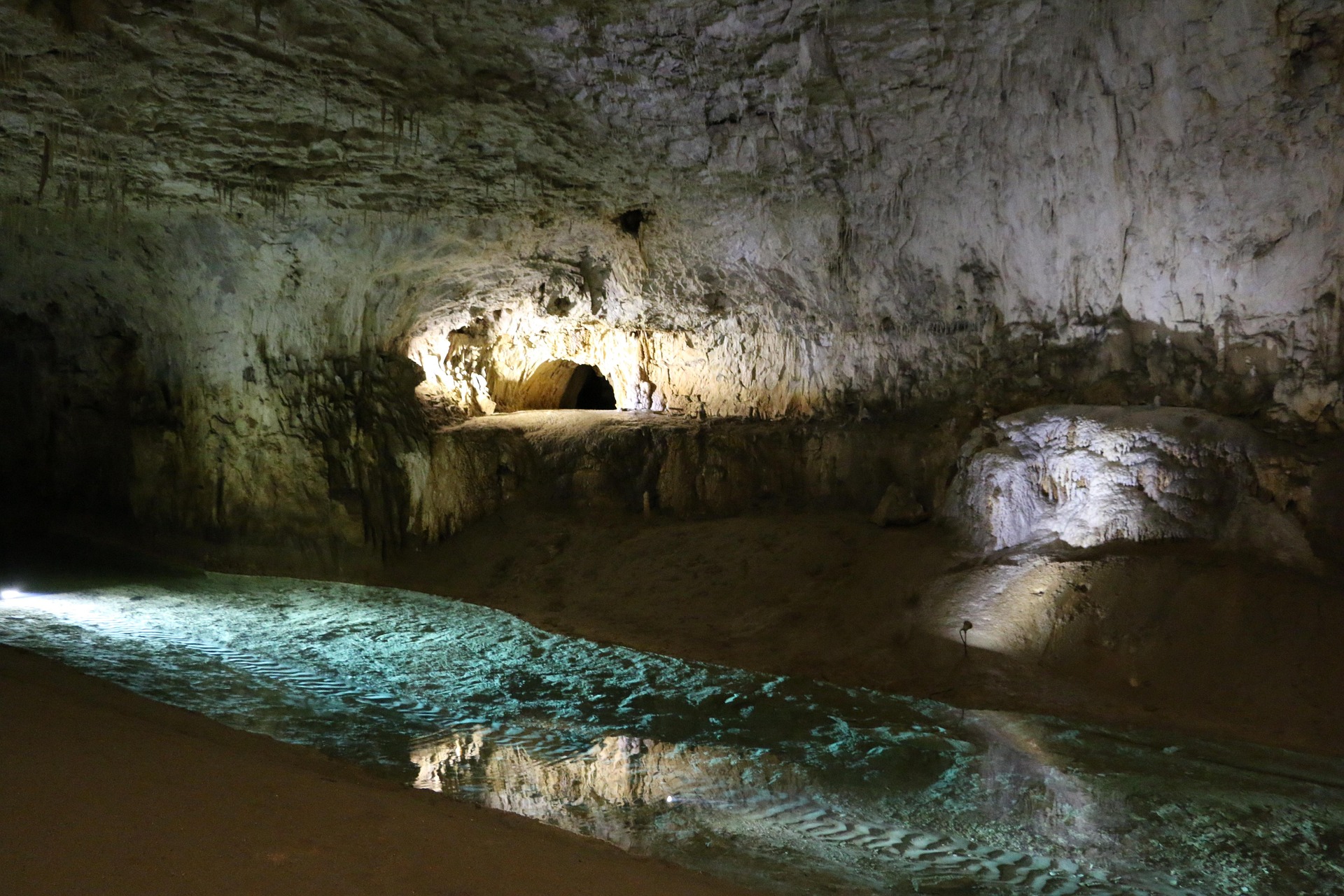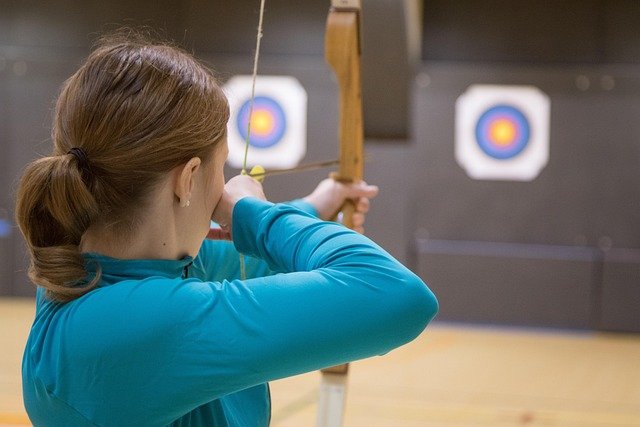Biomimicry in Industrial Design: Nature-Inspired Solutions
Biomimicry in industrial design is revolutionizing how we approach product development and manufacturing processes. By drawing inspiration from nature's time-tested strategies, companies are creating more efficient, sustainable, and innovative solutions. This article explores the growing impact of biomimicry on industrial practices and its potential to reshape various sectors.

The Roots of Biomimicry in Industry
Biomimicry, the practice of emulating nature’s strategies to solve human challenges, has been around for centuries. However, its systematic application in industrial design is a relatively recent phenomenon. The term “biomimicry” was popularized in the 1990s by biologist Janine Benyus, who emphasized the potential of learning from and mimicking nature’s forms, processes, and ecosystems.
Early examples of biomimicry in industrial design include Velcro, inspired by the way burrs stick to animal fur, and the nose cone of Japan’s Shinkansen bullet train, modeled after a kingfisher’s beak to reduce noise and improve aerodynamics. These successes paved the way for more widespread adoption of biomimetic principles in various industries.
Nature-Inspired Innovation Across Sectors
Today, biomimicry is influencing design across a wide range of industries. In architecture, the Eastgate Centre in Harare, Zimbabwe, mimics the self-cooling mounds of African termites, resulting in a building that uses 90% less energy for ventilation than conventional structures of similar size. In the automotive sector, Mercedes-Benz developed a concept car based on the boxfish, resulting in a vehicle with improved aerodynamics and fuel efficiency.
The aerospace industry has also embraced biomimicry. Airbus studied the structure of bird wings to develop wings that can change shape during flight, potentially reducing fuel consumption by up to 12%. In the realm of materials science, researchers have developed self-healing concrete inspired by the human body’s ability to heal wounds, potentially extending the lifespan of infrastructure and reducing maintenance costs.
Biomimicry in Manufacturing Processes
Beyond product design, biomimicry is also influencing manufacturing processes. The field of additive manufacturing, or 3D printing, has drawn inspiration from natural growth processes to create more efficient and less wasteful production methods. For instance, researchers at the University of Stuttgart have developed a 3D printing technique inspired by the way bones grow, allowing for the creation of lighter yet stronger structures.
In the textile industry, companies are looking to spider silk for inspiration in creating stronger, more flexible fibers. Bolt Threads, a biotech company, has developed a synthetic spider silk that’s not only strong and elastic but also biodegradable, offering a sustainable alternative to traditional synthetic fibers.
Challenges and Opportunities in Implementing Biomimetic Design
While the potential of biomimicry in industrial design is vast, its implementation comes with challenges. One of the primary hurdles is the need for interdisciplinary collaboration between biologists, engineers, and designers. This requires a shift in traditional design thinking and education to incorporate biological principles.
Another challenge lies in scaling up nature-inspired solutions for industrial applications. What works on a small scale in nature may not always translate directly to large-scale manufacturing processes. However, these challenges also present opportunities for innovation and the development of new technologies and methodologies.
The Future of Biomimicry in Industry
As we face growing environmental challenges and resource constraints, the principles of biomimicry are likely to become increasingly relevant. The circular economy concept, which aims to eliminate waste and maximize resource use, aligns closely with nature’s closed-loop systems. We can expect to see more industries adopting biomimetic approaches to create products and processes that are not just efficient but also regenerative and sustainable.
Emerging technologies like artificial intelligence and advanced imaging techniques are also enhancing our ability to study and replicate nature’s designs. This convergence of biology and technology is opening up new frontiers in biomimetic design, potentially leading to breakthroughs in fields ranging from energy production to waste management.
Biomimicry in Action: Key Industrial Applications
• Water Management: Namibian desert beetle-inspired fog-harvesting systems for water collection in arid regions
• Energy Efficiency: Humpback whale fin-inspired wind turbine blades for improved performance
• Waste Reduction: Lotus leaf-inspired self-cleaning surfaces to reduce maintenance and chemical use
• Structural Design: Honeycomb-inspired lightweight yet strong materials for aerospace and construction
• Adhesives: Gecko foot-inspired reusable adhesives for manufacturing and consumer products
As industries continue to grapple with complex challenges, biomimicry offers a powerful framework for innovation and sustainability. By turning to nature’s 3.8 billion years of R&D, we can develop solutions that are not only highly effective but also inherently in harmony with the natural world. The growing adoption of biomimetic principles in industrial design signals a shift towards a more sustainable and regenerative approach to production, promising a future where human innovation and natural wisdom work in concert.





